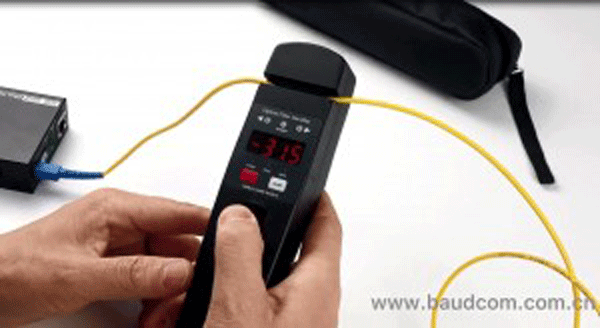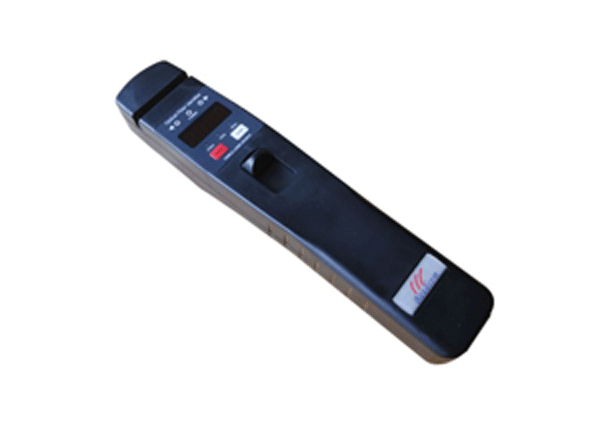Introduction
Fiber identifier is an essential installation
and maintenance instrument which can identify the optical fiber by detecting
the optical signals transmitted through them, during this process the fiber
optic identifier generate no harm or damage to the fiber cable and it do not
need opening the fiber at the splice point for identification or interrupting
the service.

Functions
· Identify live
or dark fibers
· Verify
continuity through splices and connectors
· Identify
signal direction (transmit or receive)
· Trace signals
with the use of tone generators
· Other applications, such as relative-loss measurements, fiber
identification for routing, and general installation and troubleshooting.
Basically, the identifier samples the light
through a process called macro bending, in which the optical fiber is bent
around a precise radius, allowing the light to leak through the cladding and
protective cover into the detector.
Then, this small amount of light is amplified,
processed by the identifier and displayed on the front panel of the device. The
goal is to sample the smallest possible signal to minimize insertion loss.
The fiber identifier can be used with the OTDR to narrow down the location of a break in an optical fiber when a VFL is not available or when the light from the VFL is not visible through the jacket of the fiber optic

BD-IF400D Optical Fiber Identifier
In addition to physical dimensions and
temperature/humidity parameters, some specifications do warrant scrutiny by the
user as to how well the device works in a "live" fiber line:
Insertion loss: This
specification is a good indicator of the working performance of the optical
fiber identifier. Remember that the identifier should sample the optical signal
without severely affecting the performance of the optical system. If the device
has high insertion loss, it may cause problems in active systems, especially
systems with tight system loss budgets. Minimizing the influence of the fiber
identifier on the system is of great troubleshooting significance. The
identifier shall be specified as insertion loss less than 1 dB.
Sensitivity (dynamic range): The sensitivity of the identifier is also important. When
testing various fiber optic cables, its ability to detect low-level light is
critical.
However, there is a trade-off between dynamic
range and insertion loss: generally, the greater the dynamic range, the greater
the insertion loss. This is because the fiber identifier must sample more light
to increase its dynamic range. In addition, sensitivity is related to
wavelength, so the 1300 nm specification is not suitable for 1550 or 850 nm.
Baudcom offers all
kinds of fiber optic equipments. For more information, please visit Baudcom.